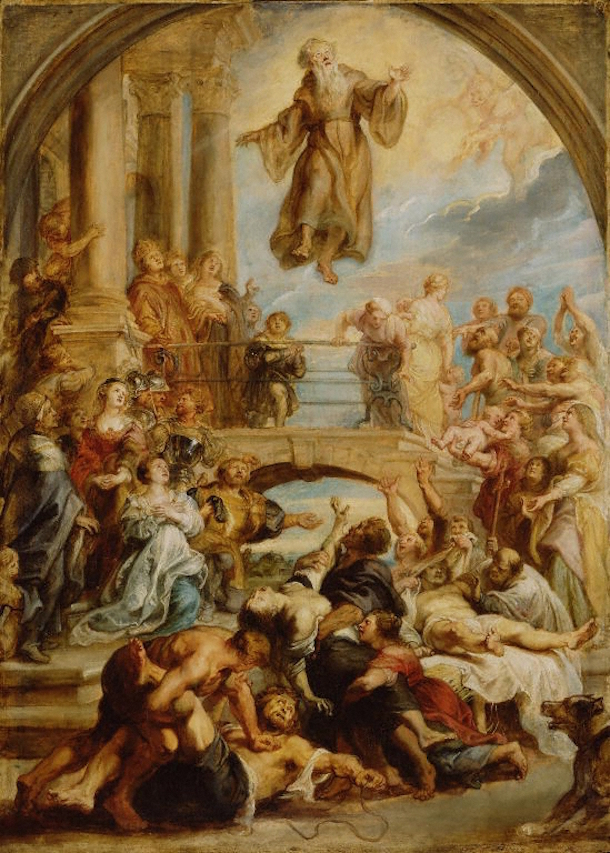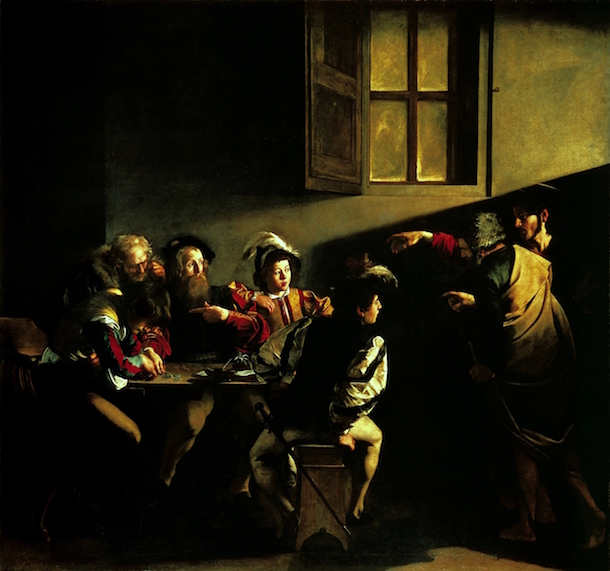Baroque
"The colours in the paintings are like the illusions that convince the eyes, similar to the beauty of the verses in poetry."
Baroque is an artistic movement that developed in Italy, Rome, in the 17th century in reaction to Mannerism that dominated the late Italian Renaissance. The word denotes a style that is intended to express feelings of vitality, grandeur, drama and emotional exuberance. Thanks to its exuberance and theatricality Baroque was chosen by the Catholic Church and the European monarchies as the representative style of their power and their wealth. Explore Baroque by starting from What is Baroque? and browse our curated list of artworks from baroque painters such as Caravaggio, Rembrandt, Rubens and others.
History of Baroque
Baroque is an artistic movement that developed in Italy, in Rome, in the 17th century in reaction to Mannerism that dominated the late Italian Renaissance. This movement was encouraged by the Catholic Church that sought to return to the tradition and spirituality the Church promoted with the Counter Reformation. In order to do that, the Catholic Church decided that the arts should communicate religious themes as a response to the Protestant Reformation. The richness, attention to detail, exuberance and theatricality of the style of Baroque, with its abundance of dramatic effects, was used by the Catholic Church to stimulate piety and devotion and convey the impression of the divine splendor. As a result many Baroque painters started to portray religious subjects and to emphasize the content with a play of light and shadow.
In addition to the Catholic Church, the European monarchies pomoted the spread of this new artistic style and a large number of architectural projects, paintings and sculptures were commissioned by the Royal Courts of Italy, Spain, France and others. The main objective of these absolute monarchies of Europe was to glorify their own divine greatness and process to strengthen their political position. The aristocracy saw, therefore, the dramatic and exuberant style of Baroque as a means to impress people and express their wealth, power and control.
After the idealism of the Renaissance and the forced nature of Mannerism Baroque art intended to reflect the religious tensions of the time, however in Protestant countries such as the Netherlands, the movement developed differently. In some paintings of Rembrandt and Rubens it is ti possible to see the desire to replace the religious subjects with more naturalistic and realistic themes. Within these different strands Baroque developed all around Europe in the 17th century until it was replaced by another style, Rococo, in the 18th century.
Text by Cristina Motta

